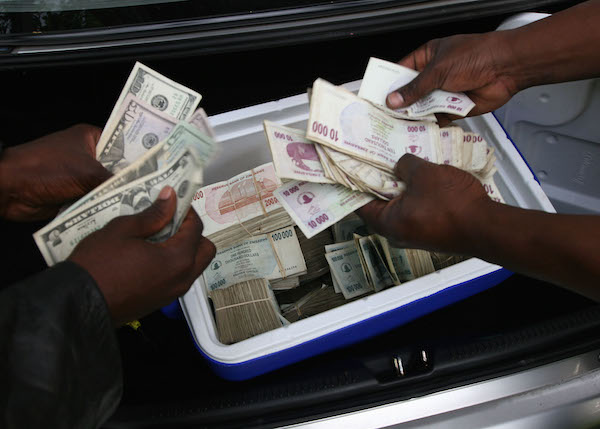What Happened
After months of hardship caused by a deepening currency crisis, protests in Zimbabwe have started to heat up. The cost of gasoline and diesel in Zimbabwe more than doubled overnight – sending prices for consumer goods skyrocketing as well – after the government suddenly hiked fuel prices. In response, the Zimbabwe Congress of Trade Unions called for citizens to strike by staying at home for three days starting Jan. 14. While the strike was largely limited to the country's two largest cities, Bulawayo and the capital city of Harare, a number of altercations between protesters and security forces have raised the situation's intensity by several degrees.
Civilians have erected barricades to disrupt the daily commutes of those who ignored the call to strike, leading to faceoffs with security forces. In some locations around Harare, police even resorted to the use of live ammunition, leading to several fatalities and numerous injuries. Still, the protests seem relatively contained, and security forces appear to be in control of the situation.
Why It Matters
Zimbabwe's currency crisis continues to pressure the government of President Emmerson Mnangagwa, who overthrew longtime strongman Robert Mugabe to gain power a little over a year ago. The Zimbabwean economy is inherently weak, but the decision to raise fuel prices in an effort to stave off energy shortages has focused citizens' anger on Mnangagwa and his administration. The government is actively searching for a solution to the crisis, but its severe lack of foreign currency means there is little it can do.
Meanwhile, the hike in fuel prices is pushing up the costs of consumer goods, further reducing the purchasing power of Zimbabwean citizens and causing unrest. These price increases have already led to panic buying, and several stores were looted during protests on Jan. 14. As the population's access to basic necessities continues to shrink, the Zimbabwean government will face increasing difficulty in trying to control them.
Background
Zimbabwe's economy has continued to deteriorate over the past two years, largely reversing the initial recovery that occurred after the country overcame its problems with hyperinflation in 2009 by abolishing the Zimbabwean dollar. Since then, Zimbabwe has used various foreign currencies to conduct business — primarily the U.S. dollar and the South African rand, as well as others. However, the country simply doesn't have sufficient reserves of foreign currencies to continue purchasing necessary imports and paying out wages.
In September 2018, Zimbabwe's foreign currency reserves amounted to a mere $200 million, which is significantly less than the buffer the country needs to comfortably continue essential operations. What's more, that amount is far less than the country's growing backlog of foreign payments, which ballooned to $700 million in October 2018. Zimbabwe's use of foreign currencies — as well as its dependence on foreign markets for fuel, food and other necessary goods — has led to a longstanding negative trade balance. Over time, that trade deficit has strained the government's finances beyond their limits, causing the country's economy to spiral out of control.


